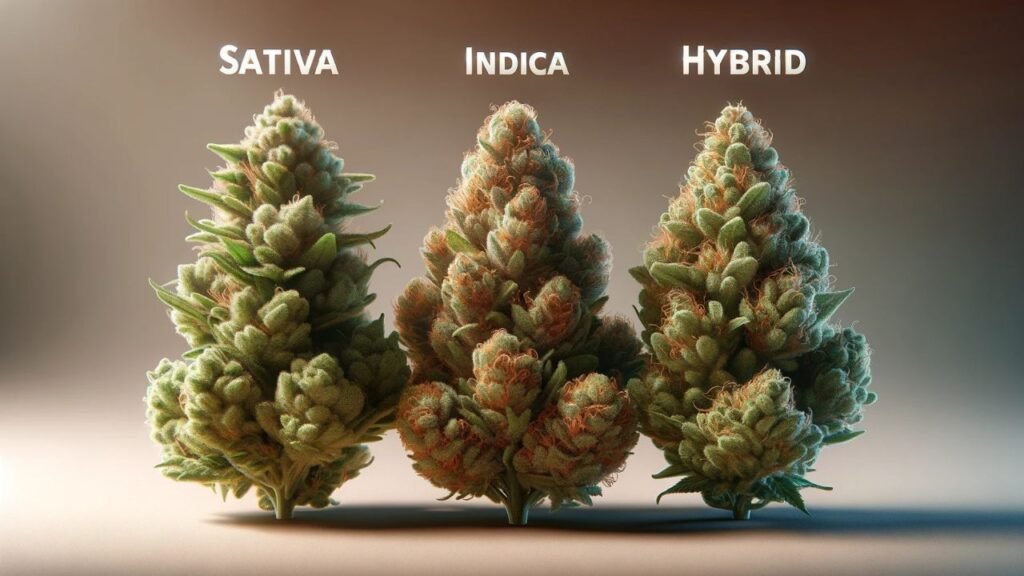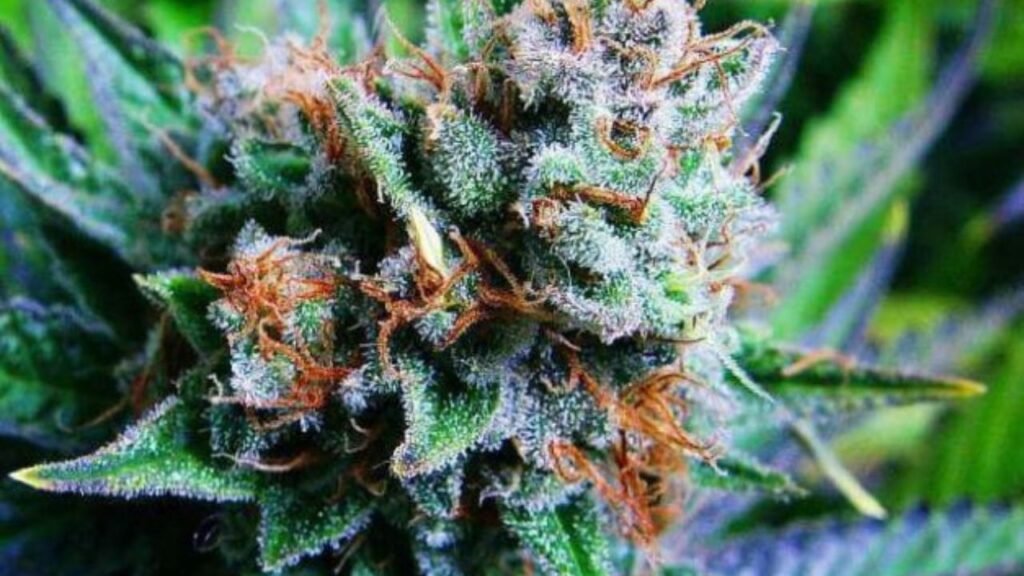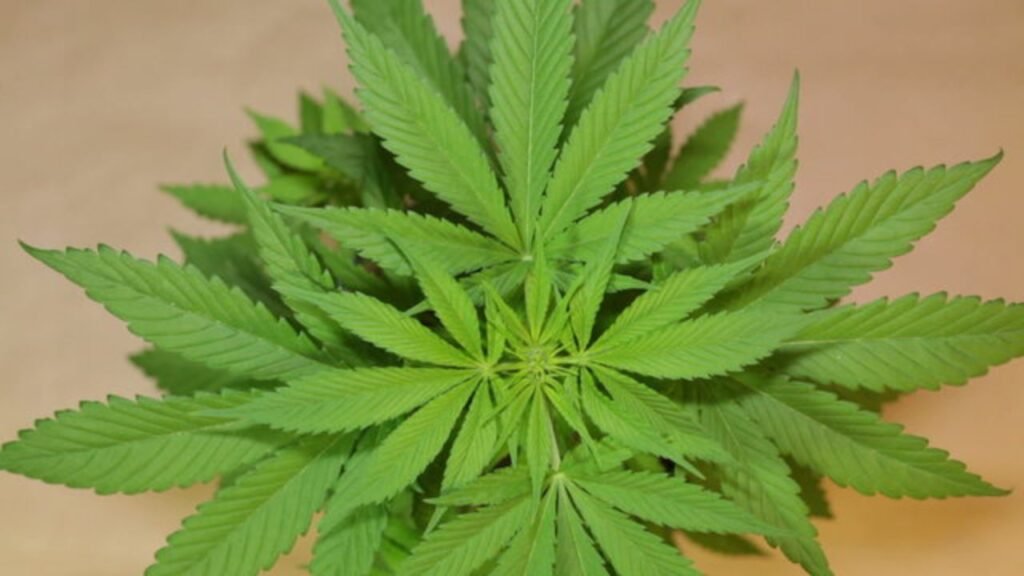Spider Mites Late into Flowering: A Grower’s Nightmare

Spider mites, those minuscule arachnids that haunt gardeners’ nightmares, become a menacing force when they appear late into the flowering stage of your plants. These microscopic pests measure just 0.5 millimetres, rendering them nearly invisible to the naked eye, yet their impact can be devastating. This article delves into the treacherous world of spider mites and their havoc on blooming plants. Late-flowering plants are particularly vulnerable, having invested significant energy into their blossoms. Understanding these pests, their late-season appearance, and how to combat them is crucial for any grower seeking to safeguard their precious harvest.
Spider Mites
Spider mites, after-harvest members of the Tetranychidae family, pose a formidable threat to plants. These minute arachnids, measuring just 0.5 millimetres, are often overlooked but pack a punch with their voracious appetite for plant juices. Identifying them can be challenging, as their diminutive size requires magnification for accurate detection. Infestations manifest through tiny yellow or white spots on leaves, accompanied by delicate webbing. Late into the flowering stage, when plants are most vulnerable, spider mites can wreak havoc, compromising growth and bud quality. Recognizing their behaviour early signs and implementing effective control measures is imperative to protect your cherished plants. Uncle Snoop strain
Late-Flowering Vulnerability
As plants progress into the late flowering stage, a critical phase of their growth cycle, they become particularly vulnerable to the menace of spider mites. This vulnerability arises from a convergence of factors that render the plants more susceptible to these tiny arachnids. Late flowering is a period of intense focus for plants. They’ve invested substantial energy into producing flowers, and the demands on their resources are at their peak. This makes them weaker and less able to fend off external threats like spider mites.
Furthermore, late flowering often coincides with warm and dry conditions conducive to spider mite infestations. These pests thrive in such environments, making the timing of their appearance especially detrimental. The consequences of a spider mite infestation during this critical phase can be dire. Plants may experience stunted growth, reduced yields, and lower-quality buds, potentially jeopardizing months of hard work and cultivation. Thus, understanding and addressing this late-flowering vulnerability is essential for growers seeking a successful harvest.
Identification
Symptoms of Infestation
Identifying a spider mite infestation is crucial for timely intervention. Symptoms include tiny, yellow or white spots on leaves, commonly known as stippling. As these pests feed on plant cells, they create these distinctive marks. You may also notice fine, delicate webbing on the undersides of leaves and between branches. In advanced infestations, leaves may become discoloured and wilted, impacting the plant’s ability to photosynthesize and thrive. Early detection through vigilant inspection is essential, as it enables you to take prompt action to prevent further damage and protect your plants from the detrimental effects of spider mite infestations.
Magnification
Spotting spider mites after harvest, which measure a mere 0.5 millimetres in size, demands magnification tools. Use a magnifying glass or a microscope to identify these minuscule pests accurately. Under magnification, you can observe their distinctive oval bodies and eight legs, distinguishing them from other garden nuisances. Given their tiny stature, spider mites often go unnoticed until they’ve inflicted significant damage. Therefore, employing magnification tools for regular inspections is essential. Early detection allows you to address infestations swiftly, preventing further plant harm and safeguarding your garden’s health.
Causes of Late Infestation
Late infestations of spider mites can be particularly frustrating for growers, as they often strike when your plants are at their most vulnerable. Understanding the underlying causes of these late appearances is crucial to prevention and management.
Climate Factors: Late in the flowering stage, many plants are exposed to warm and dry conditions, which create an ideal environment for spider mite infestations. These pests thrive in such climates, reproducing rapidly and taking advantage of the stress your plants may be experiencing due to the flowering process.
Exterior Contaminants: Another common cause of late infestations is accidentally introducing spider mites into your growing space. They can hitch a ride on clothing, equipment, or even the wind, making it easy for them to infiltrate your garden unnoticed.
Overcrowding: As plants grow and fill out during the flowering stage, they can become more crowded. This creates an ideal hiding place for spider mites and makes it harder to spot early signs of infestation.
Neglecting Monitoring: Late infestations can occur when growers become complacent about monitoring their plants. Regular inspection and early detection are key to preventing the situation from escalating.
To combat late infestations effectively, it’s crucial to maintain optimal environmental conditions, implement preventive measures like quarantining new plants, and stay vigilant with regular inspections. By addressing the root causes, you can protect your late-flowering plants and ensure a successful harvest.
Impact on Plants
During late flowering, spider mites are voracious feeders, piercing plant cells and sucking out their contents. This feeding activity can lead to:
Stunted Growth
Stunted growth in plants afflicted by spider mites is a direct consequence of these pests. Spider mites pierce plant cells and extract their contents, impairing normal growth processes. This leads to diminished plant size and ultimately reduces the overall yield, a major concern for growers.
Lower Quality Buds
Spider mites can significantly affect the quality of buds in late-flowering plants. Their feeding activity alters the plant’s chemical composition, resulting in lower-quality buds. These buds may have diminished potency and flavour, impacting the overall value and desirability of the harvest.
Prevention and Control
Preventing and controlling spider mites during late flowering infestations, especially during the late flowering stage, requires a multifaceted approach that combines proactive measures and targeted interventions. Here are several strategies to effectively manage these troublesome pests:
Maintain Optimal Growing Conditions:
Temperature and Humidity: Spider mites thrive in warm, dry conditions. To deter them, maintain a temperature range of 70-80°F (21-27°C) and relative humidity levels between 40-60%. Use a hygrometer to monitor humidity accurately.
Regular Monitoring: Consistently check temperature and humidity levels, especially during late flowering when these conditions fluctuate. Make necessary adjustments to create an environment less favourable for spider mites.
Quarantine New Plants:
Isolation: Before introducing new plants to your garden, isolate them for some time, typically two weeks. This allows you to observe the plants for any signs of spider mites before they potentially infect your entire garden.
Thorough Inspection: Closely inspect the new plants using a magnifying glass during quarantine. Pay special attention to the undersides of leaves and areas where spider mites commonly congregate.
Biological Controls:
Predatory Mites: Introducing natural predators like predatory mites (e.g., Phytoseiulus persimilis) can be an effective strategy. These predators feed on spider mites and help keep their populations in check.
Ladybugs: Ladybugs are another beneficial predator that can help control spider mites. Release them into your garden when mite populations are low.
Organic Remedies:
Neem Oil: Neem oil is a popular organic remedy for spider mites. Dilute it with water and spray it on your plants. Neem oil disrupts the mites’ feeding and reproductive cycles.
Insecticidal Soap: When applied according to the manufacturer’s instructions, Insecticidal soaps can help suffocate spider mites. Ensure thorough coverage of affected areas.
Pruning and Cleaning:
Prune Infested Leaves: If you identify spider mite-infested leaves, promptly prune and remove them from the garden. Dispose of them away from your plants to prevent mites from reinfesting.
Cleaning Tools: Regularly clean your gardening tools and equipment. Mites can hitch a ride on dirty equipment, leading to infestations.
Water Management:
Regular Watering: Keep your plants adequately hydrated. Well-hydrated plants are less attractive to spider mites. However, avoid overwatering, as it can create conditions favourable for other pests, such as fungi.
Use a Fine Spray: Occasionally, spray your plants with a fine water mist. Spider mites dislike high humidity, and this practice can help deter them.
Beneficial Companion Plants:
Marigolds and Chrysanthemums: Planting marigolds and chrysanthemums near your garden can be a natural deterrent to spider mites, as these flowers contain compounds that mites find unappealing.
Chemical Treatments (As a Last Resort):
Insecticidal Miticides: Chemical miticides are available for severe infestations. However, these should be used as a last resort due to potential harm to beneficial insects and the environment. Always follow label instructions and apply them sparingly.
Continuous Monitoring:
Regular Inspections: Maintain a routine schedule for inspecting your plants. Look for any early signs of spider mite activity, such as stippling, webbing, or discoloured leaves.
Magnification Tools: Use magnifying glasses or microscopes to inspect plants closely, especially when mite infestations are suspected but not yet visible to the naked eye.
Rotation and Crop Diversity:
Crop Rotation: Practice crop rotation to prevent the buildup of spider mites in the soil.
Diverse Plantings: Avoid planting the same crop type in the same area year after year. A diverse garden can help deter pests and reduce the risk of severe infestations. Preventing and controlling spider mites late into the flowering stage requires a comprehensive and proactive approach. By maintaining optimal growing conditions, using biological controls, applying organic remedies, and implementing good gardening practices, you can significantly reduce the risk of infestation and safeguard your precious plants. Continuous monitoring and early intervention are key to successfully managing spider mites and ensuring a bountiful and healthy harvest.
Call to Action:
Don’t let spider mites ruin your harvest! If you’re dealing with spider mites late into flowering, act fast with safe, organic solutions like neem alternatives or predatory mites. Always avoid harsh chemicals; late, protect your buds and your lungs. Take action today to preserve potency and purity!
FAQ:
How do I know if my plants have spider mites?
Look for yellow or white spots on leaves, fine webbing, and stippled or discoloured leaves. You may need a magnifying glass for a closer inspection.
What is the best way to prevent late spider mite infestations?
Maintaining optimal growing conditions, quarantining new plants, and using biological controls like ladybugs are effective preventive measures.
Can I use chemical pesticides to combat spider mites?
While chemical pesticides can be used, they may adversely affect your plants and the environment. Consider organic alternatives first.
How often should I check my plants for spider mites?
Regular monitoring is essential, especially during warm and dry conditions, as spider mites thrive in such environments.
Are spider mites harmful to humans?
Spider mites primarily harm plants and are not known to pose significant risks to humans. However, some people may experience skin irritation if in contact with them.
Conclusion
In the intricate gardening world, where every growth phase is meticulously nurtured, spider mites pose a formidable threat when infiltrating late into the flowering stage. Though barely visible to the naked eye, these minuscule arachnids can inflict profound damage, leaving growers in despair. The importance of early identification must be balanced. Symptoms like stippling, webbing, and discoloured leaves are telltale signs of their presence. Yet, magnification often reveals their true identity, with their distinctive oval bodies and eight legs confirming their intrusion. Late flowering, when plants are at their most vulnerable, compounds the challenge. The toll on growth and the quality of buds can be substantial, jeopardizing the hard work invested throughout the growing season. But all hope is not lost. Through vigilant monitoring, maintenance of optimal conditions, biological controls, and organic remedies, growers can mount a formidable defence against these persistent invaders. Pruning, cleaning, and fostering biodiversity also play crucial roles in prevention. In the end, the battle against spider mites late into flowering is a testament to the dedication and resilience of gardeners. With knowledge and a multifaceted strategy, you can protect your cherished plants and ensure a bountiful and healthy harvest. So, keep a watchful eye, act swiftly, and your garden will flourish, free from the grip of these troublesome pests.
Read More>>>>>>> Spider Mites Late into Flowering: A Grower’s Nightmare












